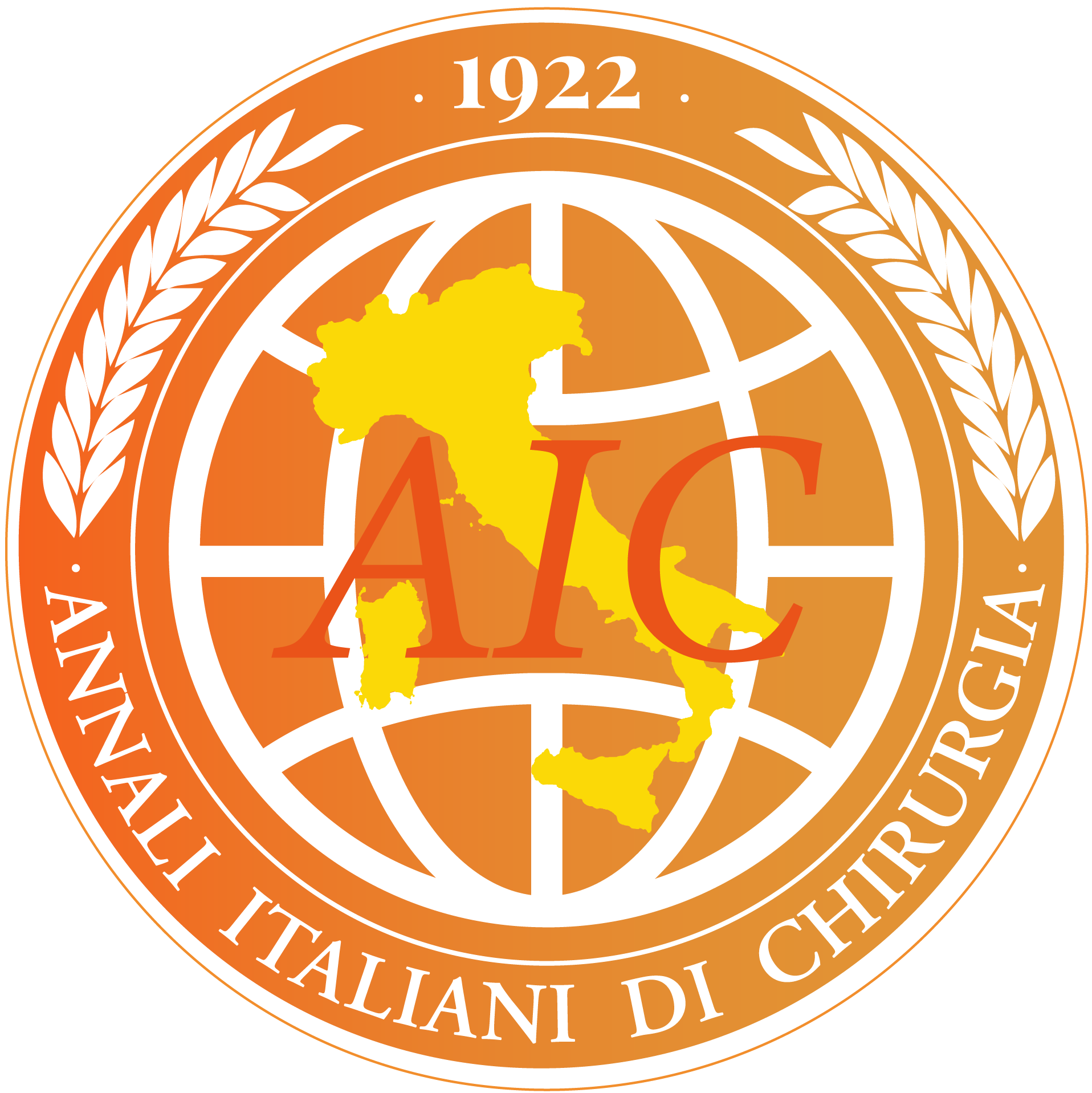Antegrade versus retrograde common iliac artery revascularization and occurrence of erectile dysfunction
Daniela Mazzaccaro 1Claudia Signorini 1Luca Carmignani 2Matteo Giannetta 3Chiara Vaccaro 1Fabiana Fancoli 3Sonia Guzzo 1Paolo Righini 3Damiano Vizziello 1Giovanni Nano 4
1 Operative Unit of Urology, IRCCS Policlinico San Donato, San Donato Milanese, Milan, Italy
2 Department of Biomedical Sciences for Health, University of Milan, Milan, Italy
3 Operative Unit of Vascular Surgery, IRCCS Policlinico San Donato, San Donato Milanese, Milan, Italy
4 Operative Unit of Vascular Surgery, IRCCS Policlinico San Donato, San Donato Milanese, Milan, Italy; Department of Biomedical Sciences for Health, University of Milan, Milan, Italy
Ann. Ital. Chir., 2022, 93(1), 100445;
Published:
Copyright © 2022 Annali Italiani di Chirurgia
This work is licensed under a Creative Commons Attribution 4.0 International License.
Abstract
AIM: To assess the effect of antegrade and retrograde common iliac artery (CIA) revascularization on erectile dysfunction (ED) using the validated International Index of Erectile Function (IIEF) questionnaire, on patients treated for chronic occlusions of the CIA. MATERIALS AND METHODS: Clinical data of patients who were submitted either to endovascular CIA revascularization (group A) or to femoral-femoral crossover bypass (group B) due a unilateral total occlusion of the CIA between 01/2015 and 12/2019 were retrospectively analyzed. Primary outcomes included the evaluation of ED using the IIEF questionnaire, before and 30 days after the operation. A P value <0.05 was considered statistically significant. RESULTS: A total of 33 patients underwent endovascular (14 patients, group A) or surgical treatment (19, group B) Before the operation, no differences were recorded in the occurrence of ED between the two groups, neither in the results of the IIEF questionnaire. After the intervention, patients of group A performed significantly better than those of group B in terms of IIEF questionnaire (18 ± 10.1 versus 12.1 ± 14.8, P=0.01). Age and COPD were negatively correlated with the preoperative results of the IIEF questionnaire (OR 0.049, 95%CI 0.02-0.05, P<0.001 and OR 0.29, 95%CI 0.01-0.56, P=0.03, respectively) and the postoperative results of the IIEF questionnaire (OR 0.02, 95% CI 0.01-0.04, P<0.001, and OR 0.46, 95% CI 0.17-0.75, P=0.001, respectively). CONCLUSIONS: Patients who were submitted to endovascular antegrade revascularization for occlusion of the CIA performed significantly better in terms of IIEF questionnaire than those who underwent surgical femoral-femoral crossover bypass and therefore retrograde HA revascularization.
Keywords
- Common iliac artery occlusion
- Erectile dysfunction
- Femoro-femoral bypass
- IIEF-5
- Iliac artery angioplasty

